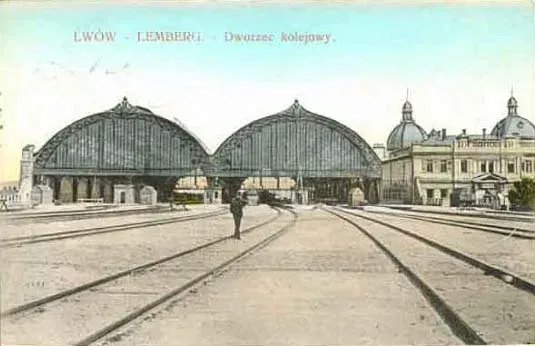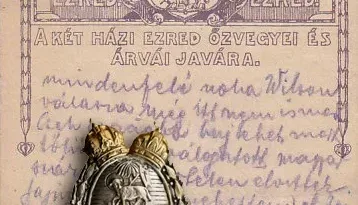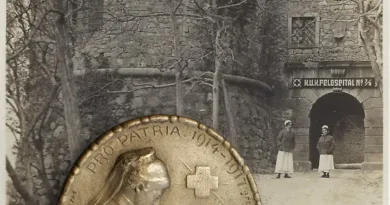Lemberg 2.
The capital city of Galicia was already a major commercial and military center in the early historical periods. This role was provided by the position of the town in the intersection of the east-west and north-south trade routes here. The mixed population (Poles, Ruthenians, Germans, Armenians, Jews) also reflects the political significance of the area. Throughout its history, the province changed its owners many times. Lemberg became the most important eastern commercial, military and administrative center of the Monarchy under Austrian rule, which began in 1772. Accordingly, the development and modernization of transport infrastructure has also progressed rapidly.
Galicia’s turn-on also played an important role in the Monarchy’s railway development program. Thus, the first railway line was opened as far back as 1861 and provided a direct rail link with Vienna. Then the railway line continued to the south towards Bukovina. Chernowitz was connected to the monarchy’s rail network in 1866. In 1869, the other wing line from Lemberg towards Brody was completed. The important railway junction was given a railway station corresponding to the increased traffic in 1904. According to Wikipedia, it is still one of the most beautiful Art Nouveau-style railway stations in Europe.

The important logistics center employed and transported many soldiers. Thus, it is not surprising that a Kappenabzeichen with a picture of the railway station was also made. I’m sure the soldiers who came there were happy to buy it. The badge shows the reception hall of the railway station from behind, from the railway tracks. You can see the two huge steel-structured arches of the hall.




